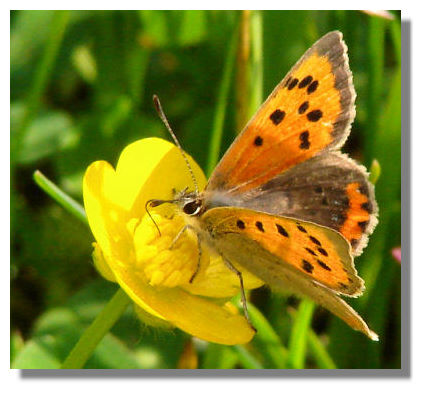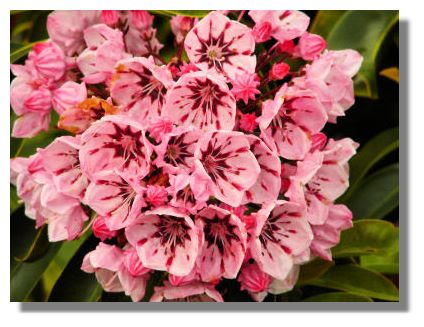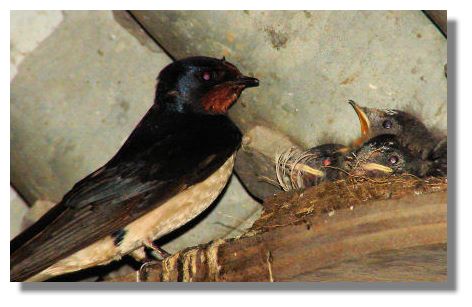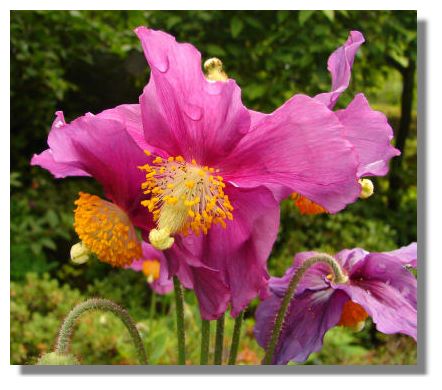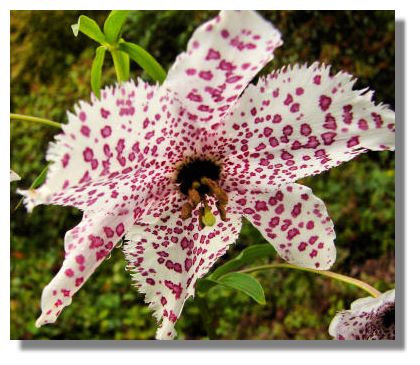Each week the Rampant Scotland Newsletter includes a number of photographs which illustrate the weather and the seasons, plus the flora and fauna of the current week around Scotland. This separate "colour supplement" displays some more pictures, in a larger format. Here is this week's crop of Scottish views!
The number of Small Copper butterflies has been declining in recent years, so it's always good to see the first ones each year. The Royal Society for the Protection of Birds (RSPB) Vane Farm nature reserve beside Loch Leven in Kinross seems to be a good spot to see the Small Copper early in the season. These early arrivals will produce the offspring that will appear later in the year in August and September. The male Small Copper is an aggressive character and will fly to attack any other passing insects or even larger butterflies.
The flowers of the Kalmia are sometimes described as "miniature parasols". The clusters of flowers covering this shrub produce a dramatic display, especially as here in the garden beside Glendoick House in Perthshire where they have a collection of a number of different varieties of Kalmia in shades of pink, red, lilac and white. Kalmia are native to North America and Cuba.
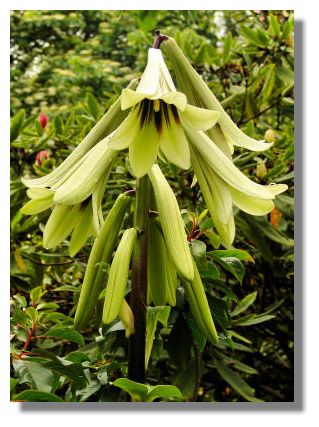
It is difficult to convey in photographs the sheer size of cardiocrinum giganteum. The bulbs produce up to 25 flowers that are 8 inches long at the top of stems that rise to 6/7 feet. The books say that this lily is richly scented but it is hard to get close enough to confirm that! The bulbs die after flowering but produce bulblets and seeds that will develop over the next few years.
Usually it is very difficult to take photographs of swallows as the swoop and dart through the air catching insects. But the RSPB nature reserve at Loch Leven has placed a number of ledges in an access tunnel that runs under a main road. Every year the swallows take up residence there and so it is possible to take photos not only of the adults but also of the gaping beaks of their hungry offspring!
The most common colour of the large mecanopsis or Himalayan poppy is a bright sky-blue, but there are a number of other colours such as yellow, white and this striking lavender shade. As you can see, the photograph was taken after a shower of rain.
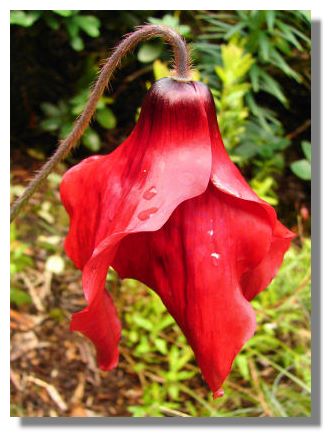
Mecanopsis flowers have a tendency to droop their heads and this red Mecanopsis punicea carries that to an extreme!
Nomocharis is a lily-like flower which originated in the Himalayas. It is tricky to grow but there are usually a number of examples in the woodland walk area at Glendoick House.
If you want to look back at earlier editions of this Colour Supplement, there is an Index Page
